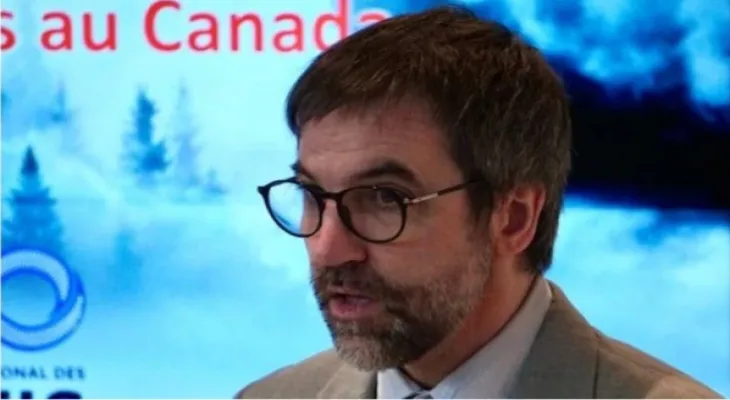Search here
Newspaper
Search here

Arab Canada News
News

Published: December 7, 2023
Today, the Canadian government presented its plan to reduce greenhouse gas emissions from the oil and gas industry at the 2023 United Nations Climate Change Conference, ’’COP28‘’ held in Dubai, United Arab Emirates.
The plan allows for a reduction of 35% to 38% by 2030 compared to 2019 levels.
Accordingly, Canada is responding to the promise it made to the international community during COP26 in Glasgow, United Kingdom, in 2021, addressing the most polluting sector of its economy.
Contrary to the trend observed in other sectors, emissions from oil and gas extraction have increased by 88% since 1990.
In order for the federal government to achieve its climate target by the end of this decade, last year it announced in the 2030 emission reduction plan that the oil and gas sector must reduce its emissions by 42% from 2019 levels.
’’This was a purely economic analysis (...) and did not take into account the technical ability to achieve these goals,’’ said Canadian Minister of Environment and Climate Change, Steven Guilbeault.
Guilbeault also added that the government, in this new framework presented today, ’’is asking companies to do what they have not done before, which is to reduce their gaseous emissions by more than a third.’’
To achieve this, the government will establish a national cap-and-trade system for emissions from the oil and gas sector, where facilities will receive one unit for each ton of carbon emitted.
Also, to comply with this system, companies will have to reduce their emissions so as not to exceed the allowed cap or buy units from facilities that have succeeded in reducing pollution from their activities.
Over time, the number of units granted by the government will decrease.
This system will apply to producers of oil and liquefied natural gas, as well as the sub-sector including the production and processing of conventional oil, offshore oil, oil sands, and natural gas. This sector causes most of the emissions from the Canadian oil and gas sector.
However, the system does not cover emissions resulting from refining, distribution, and transportation.
Canada is the fourth largest oil producer in the world and is among the countries anticipating significant production increases in the coming years.
Also, according to government estimates, the total number of emission units in 2030 represents between 106 and 112 megatons of carbon dioxide (a megaton equals one million tons).
It is noted that in 2021, the oil and gas sector in Canada produced 189 megatons of carbon dioxide equivalent.
Under the project presented today, the government also plans ’’a limited number of other flexibility measures,’’ including carbon offset credits. These measures allow facilities to emit emissions at levels between 20% and 23% lower than 2019 levels.
’’There is a minimum emission reduction that companies cannot go below,’’ Minister Guilbeault explained.
Regarding the timeline that the government will impose, Guilbeault indicates that this information will be announced at the formal presentation of the regulation, which is expected to be ’’mid-next year.’’
Comments